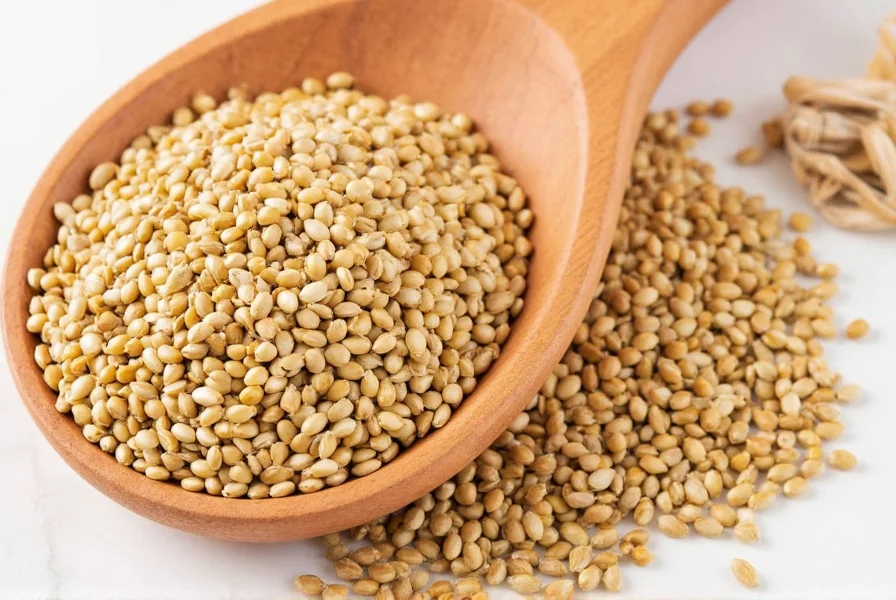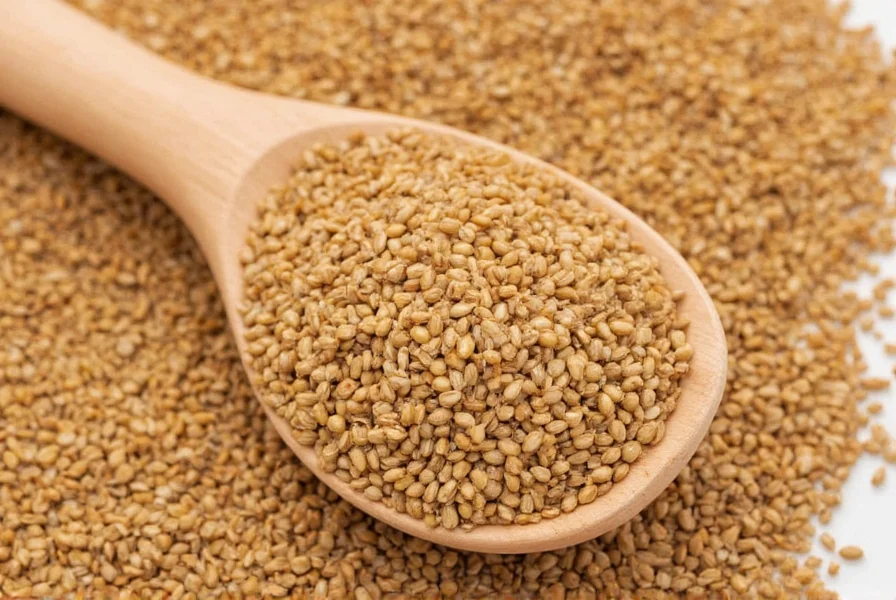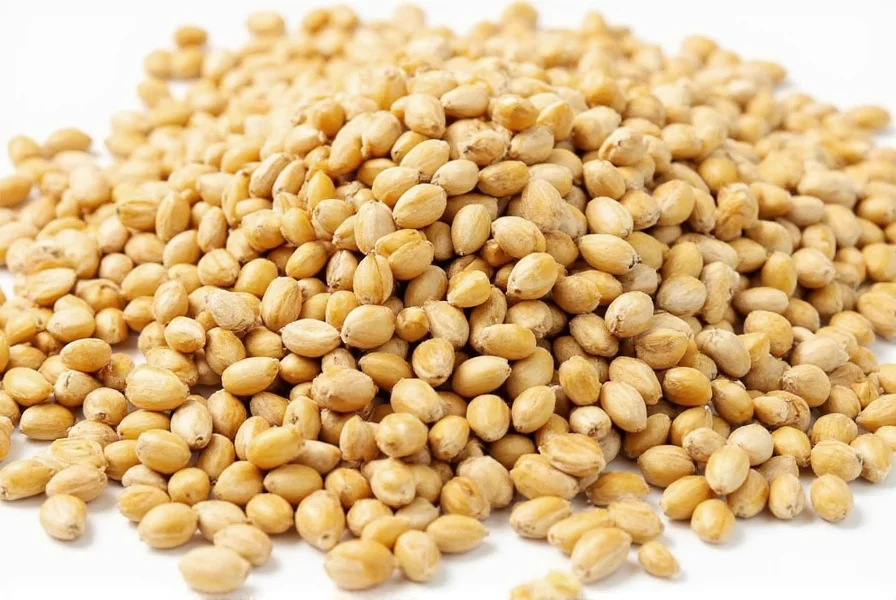Fenugreek seeds (Trigonella foenum-graecum) have been used for centuries in traditional medicine and culinary practices across Asia and the Mediterranean. These small, amber-colored seeds pack a nutritional punch with fiber, iron, magnesium, and compounds that may support blood sugar regulation and lactation. Understanding how to properly prepare and consume them is essential for maximizing benefits while minimizing potential side effects.
Understanding Fenugreek Seeds and Their Benefits
Fenugreek seeds contain galactomannan fiber and diosgenin, which contribute to their health properties. Research suggests potential benefits for:
- Supporting healthy milk production in breastfeeding mothers
- Aiding blood sugar management in type 2 diabetes
- Reducing inflammation markers
- Improving cholesterol profiles
- Supporting digestive health when properly prepared
However, raw fenugreek seeds have a bitter taste and can be difficult to digest. Proper preparation methods transform both their flavor profile and bioavailability of nutrients.
Effective Methods for Eating Fenugreek Seeds
Here are the most effective preparation techniques for consuming fenugreek seeds safely and effectively:
Soaking Fenugreek Seeds
Soaking is the simplest preparation method that reduces bitterness and improves digestibility. This technique works well for those seeking fenugreek seeds benefits for digestion:
- Measure 1-2 tablespoons of raw fenugreek seeds
- Rinse thoroughly under cold water
- Soak in 1 cup of filtered water for 8-12 hours (overnight)
- Strain and rinse the softened seeds
- Consume 10-12 soaked seeds on an empty stomach each morning

Sprouting Fenugreek Seeds
Sprouting enhances nutrient availability and reduces the compounds that cause digestive discomfort. This method creates the best way to eat fenugreek seeds for maximum nutritional benefit:
- Soak seeds for 8-12 hours as described above
- Drain and transfer to a clean sprouting jar or mesh container
- Rinse twice daily for 2-3 days until small sprouts appear
- Store sprouted seeds in the refrigerator for up to 5 days
- Add to salads, sandwiches, or smoothies
Dry Roasting for Culinary Use
Dry roasting transforms fenugreek seeds' flavor from bitter to nutty and maple-like, making them versatile for cooking. This is the preferred method when learning how to eat fenugreek seeds in Indian cuisine:
- Heat a dry skillet over medium-low heat
- Add 1-2 tablespoons of seeds
- Toast gently for 3-5 minutes, stirring constantly until fragrant and slightly darker
- Cool completely before grinding or using whole
- Store in an airtight container for up to 3 months
Recommended Dosage Guidelines
Understanding proper fenugreek seeds dosage is crucial for safety. The appropriate amount varies based on your purpose:
| Purpose | Daily Amount | Preparation Method | Duration |
|---|---|---|---|
| General health | 1/2 - 1 teaspoon | Soaked or roasted | Long-term |
| Lactation support | 500-1000mg capsules or 1-2 tsp seeds | Soaked or as tea | While breastfeeding |
| Blood sugar management | 2-5 grams powder | Mixed in water or food | Under medical supervision |
| Digestive support | 1/2 teaspoon | Soaked seeds | Short-term |
Safety Considerations and Potential Side Effects
While fenugreek is generally safe when consumed in food amounts, higher therapeutic doses require caution. Common side effects of eating too many fenugreek seeds include:
- Digestive upset (gas, diarrhea, bloating)
- Maple syrup-like body odor (harmless but noticeable)
- Potential hypoglycemia when combined with diabetes medications
- Allergic reactions in sensitive individuals
Special populations should exercise caution with fenugreek consumption:
- Pregnant women: Avoid medicinal amounts as fenugreek may stimulate uterine contractions
- People with peanut allergy: Fenugreek belongs to the same plant family (Fabaceae) as peanuts
- Those on blood thinners: Fenugreek contains vitamin K which may interact with anticoagulants
- Individuals with hormone-sensitive conditions: Consult your healthcare provider before use

Common Mistakes to Avoid
When exploring how to eat fenugreek seeds properly, avoid these common errors:
- Consuming excessive amounts: Start with small doses (1/4-1/2 teaspoon) and gradually increase
- Using raw seeds without preparation: Raw seeds are difficult to digest and extremely bitter
- Ignoring medication interactions: Fenugreek may interact with diabetes medications and blood thinners
- Expecting immediate results: Benefits for lactation or blood sugar typically take 24-72 hours to manifest
- Using expired seeds: Fenugreek loses potency over time; store in a cool, dark place
Creating Fenugreek Tea for Digestive Support
Fenugreek tea represents one of the most accessible methods for beginners learning how to eat fenugreek seeds. Here's a simple preparation:
- Boil 1 cup of water
- Add 1 teaspoon of roasted or soaked fenugreek seeds
- Simmer for 5-7 minutes
- Strain and optionally add lemon or honey
- Drink 20-30 minutes before meals for digestive benefits
This preparation method for fenugreek seeds creates a soothing beverage that may help with occasional digestive discomfort while delivering the seeds' beneficial compounds in a gentle form.











 浙公网安备
33010002000092号
浙公网安备
33010002000092号 浙B2-20120091-4
浙B2-20120091-4